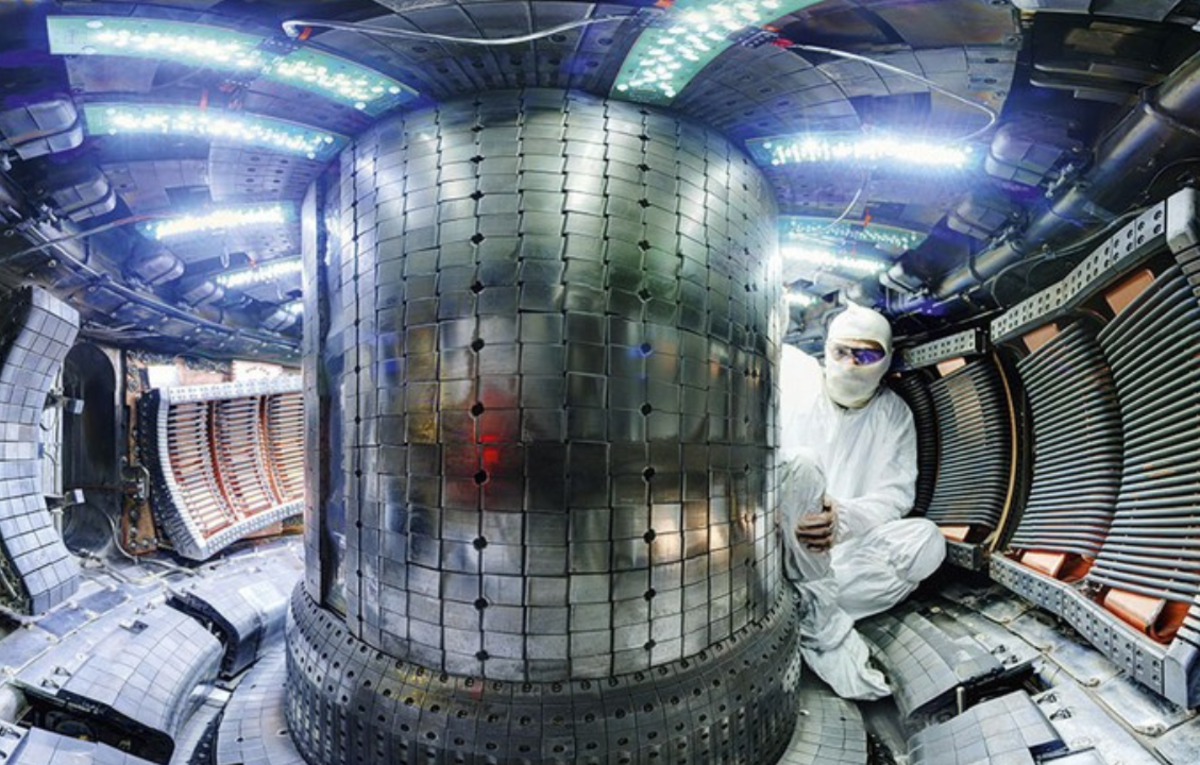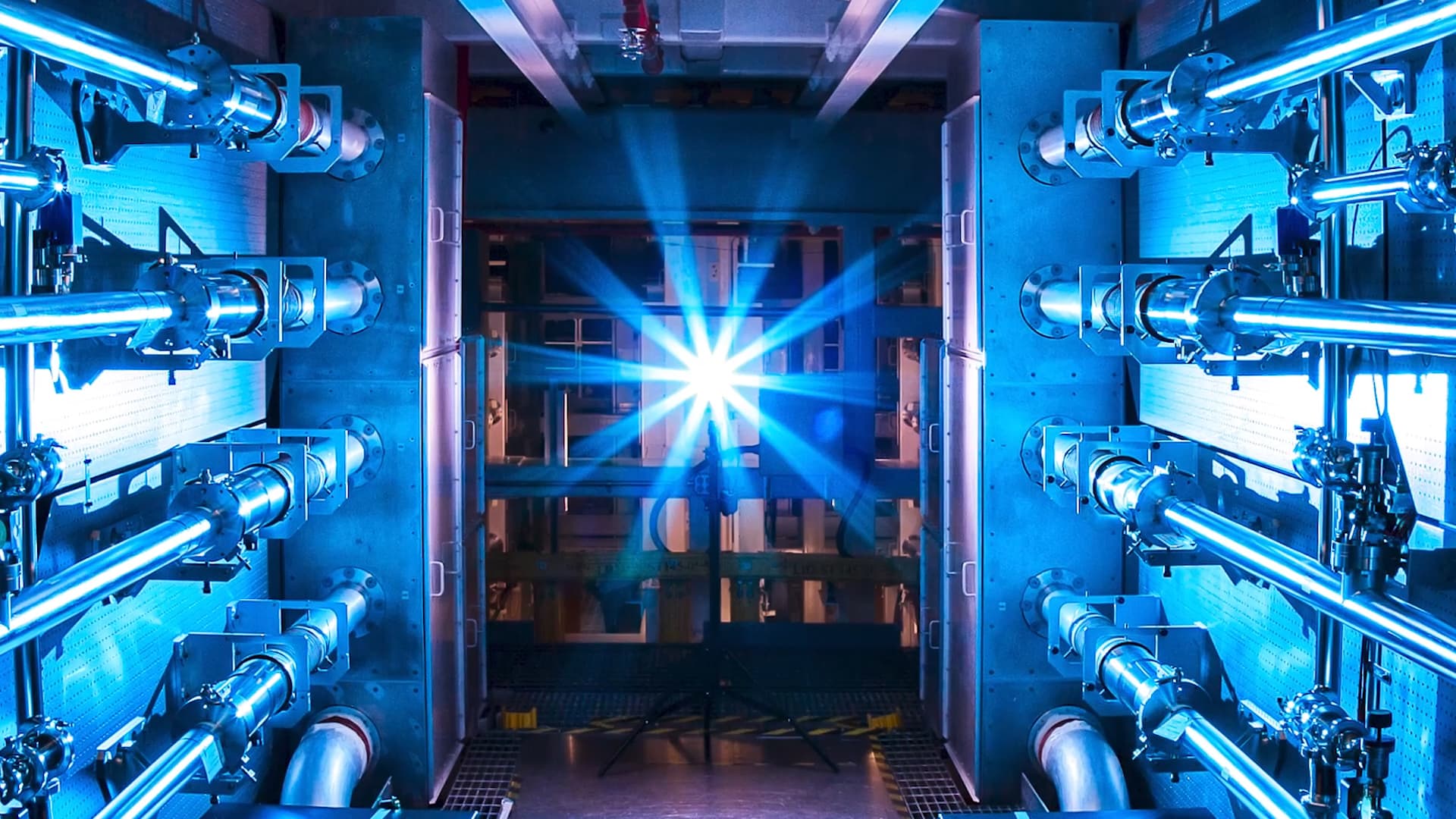Introduction
The recent nuclear fusion breakthrough reported by the US Department of Energy in December 2022 marked a historic milestone—fusion reactions produced more energy than was required to ignite them for the first time ever. While this achievement signals exciting progress in fusion science, the journey from experimental success to practical clean energy is far from over. Decades of research and engineering development remain before fusion can become a viable energy source.

The Reality Behind the Fusion Breakthrough
Despite the headline, the fusion experiment required approximately 300 megajoules of energy input to power 192 lasers that initiated the reaction. This input came from the electrical grid, making the net energy gain less impactful in practical terms. To put this in perspective, the fusion output was enough to power just 14 incandescent light bulbs for an hour—roughly the energy consumption of a typical Canadian household over two days.
This discrepancy highlights the significant challenges fusion faces beyond achieving net energy gain in the lab. Much like nuclear fission, the energy from fusion must be efficiently harnessed, controlled, and converted into usable electricity, requiring sophisticated engineering solutions.
Lessons from Nuclear Fission History
The path to commercial nuclear fission power plants was long and complex, involving decades of research, innovation, and overcoming technical, regulatory, and societal hurdles. Today’s light-water reactors were chosen not necessarily for optimal design but due to factors like government policies, military interests, and technological conservatism.
- Technology Lock-in: Fusion must avoid becoming locked into one early design that could limit future innovation.
- Scaling and Cost: Large reactors are expensive and often over budget; modular designs may offer better affordability but come with their own economic challenges.
- Regulatory Framework: Developing adaptive regulations is crucial to safely and effectively deploy fusion technology.
- Public Acceptance: Fusion benefits from a positive public image, but community engagement and waste management strategies will be essential.
Why Fusion Still Needs Decades of Development

Moving from experimental fusion to commercial fusion power plants will require:
- Significant technological advancements in reactor design and energy conversion systems
- Development of regulatory regimes tailored to fusion’s unique characteristics
- Substantial and sustained funding from governments and private sectors
- Training a new generation of engineers and researchers equipped to tackle fusion’s challenges
While the promise of fusion energy is vast—offering a potential source of virtually limitless, clean power—the reality is that fusion remains a long-term solution rather than an immediate fix.
Conclusion: The Call to Action
The nuclear fusion breakthrough is a landmark scientific achievement, but it must be viewed as an important step on a lengthy road. Realizing fusion’s promise for clean energy demands prudent leadership, collaboration across sectors, and decades of focused research and development.
As we confront the urgent need for deep decarbonization to combat climate change, fusion energy stands out as a hopeful future technology. However, accelerating progress will require organizing researchers, industry, and policymakers to address fusion’s engineering, regulatory, and societal challenges head-on.
In the meantime, investing in diverse renewable energy solutions and improving existing technologies will be crucial to meet our near-term energy and climate goals.
Read more about the DOE fusion breakthrough
Explore our related article: iran-nuclear-deal-france-sanctions-warning









